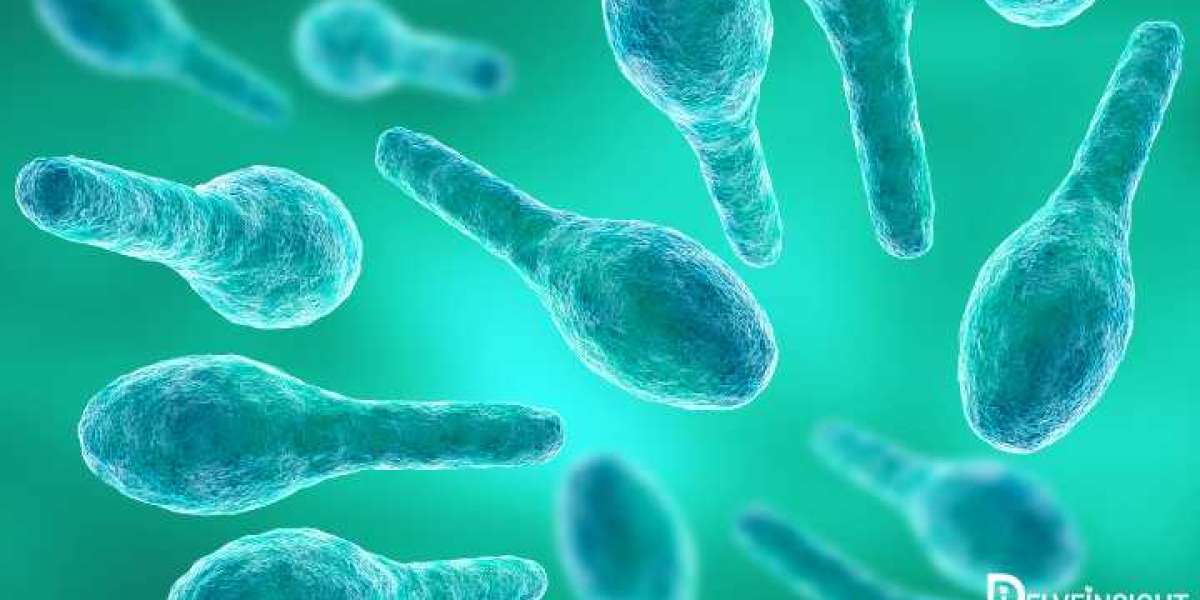1. Understanding Oligonucleotide-Based Therapies
Oligonucleotides are short, synthetic strands of nucleic acids that can be designed to interact specifically with RNA. These therapies can modulate gene expression, correct splicing defects, or inhibit the production of harmful proteins. Their precision and ability to target specific mutations make them a powerful tool in the treatment of NMDs.
2. Mechanisms of Action
Oligonucleotide-based therapies work through various mechanisms:
- Antisense Oligonucleotides (ASOs): These are designed to bind to specific RNA sequences, modifying splicing, enhancing translation, or degrading unwanted transcripts. ASOs have been particularly successful in treating conditions like SMA, where they help increase levels of the SMN protein, which is crucial for motor neuron health.
- Exon Skipping: This innovative approach uses ASOs to skip over faulty exons in a gene, allowing for the production of a truncated yet functional protein. In DMD, for example, drugs like eteplirsen and golodirsen enable muscle cells to produce a shortened form of dystrophin, mitigating the effects of the disease.
- siRNA (Small Interfering RNA): These molecules can silence the expression of specific genes, making them a potential option for disorders caused by toxic protein accumulation. By targeting the RNA responsible for producing harmful proteins, siRNA can help alleviate symptoms and slow disease progression.
3. Clinical Success Stories
The application of oligonucleotide-based therapies has already shown remarkable success in clinical settings:
- Nusinersen (Spinraza): Approved for SMA, this ASO has significantly improved motor function and survival rates in treated patients, showcasing the potential of targeted RNA therapies.
- Eteplirsen (Exondys 51): This ASO targets exon 51 of the DMD gene, enabling some patients to produce a functional dystrophin protein. Although its efficacy has been debated, it marks a significant step in gene-targeted therapy for DMD.
These successes highlight the growing role of oligonucleotide therapies in reshaping treatment paradigms for NMDs.
4. Advantages Over Traditional Therapies
Oligonucleotide-based therapies offer several advantages over traditional approaches:
- Targeted Action: They can be tailored to address specific genetic mutations, providing a more personalized treatment strategy.
- Reduced Side Effects: By directly targeting the disease at the molecular level, oligonucleotide therapies can minimize off-target effects, leading to a better safety profile.
- Potential for Long-Term Benefits: Some oligonucleotide therapies can induce long-lasting effects, potentially reducing the need for frequent administration.
5. Challenges and Considerations
Despite their promise, oligonucleotide-based therapies face several challenges:
- Delivery Mechanisms: Efficiently delivering these therapies to target tissues, especially in large muscle groups, remains a hurdle. Innovations in delivery systems, including improved formulation techniques and viral vectors, are ongoing.
- Immune Responses: Patients may develop antibodies against the therapeutic oligonucleotides or the delivery vectors, which can impact the therapy's effectiveness.
- Cost and Accessibility: The high cost of developing and producing oligonucleotide therapies raises concerns about patient access, particularly in low-resource settings.
6. The Future of Oligonucleotide-Based Therapies
The future of oligonucleotide-based therapies is promising, with ongoing research focused on expanding their applications to a broader range of neuromuscular disorders. New therapeutic strategies are being developed to enhance delivery, improve efficacy, and address challenges related to immune responses. Additionally, the integration of oligonucleotide therapies with other modalities, such as gene editing and cell therapy, could yield even more powerful treatment options.
7. Conclusion
Oligonucleotide-based therapies are heralding a new era in the treatment of neuromuscular disorders, offering hope for patients with previously untreatable conditions. By targeting the genetic roots of these diseases, these innovative therapies have the potential to alter disease progression and improve quality of life. As research continues and clinical experience expands, oligonucleotide therapies are poised to transform the landscape of neuromuscular disorder treatment, leading to more effective and personalized solutions for patients around the world.
Latest Reports
Age-related Macular Degeneration Market | Alagille Syndrome Market | Alopecia Market | Anal Cancer Market | Atopic Keratoconjunctivitis Akc Market | Burn Market | Chronic Obstructive Pulmonary Disease Market | Epithelioid Sarcoma Market | Healthcare Competitive Benchmarking | Healthcare Subscription Models | Hemodynamic Monitoring Systems Market | Hepatitis D Market | Intracranial Pressure Monitoring Devices Market | Neuroprosthetics Market | Pemphigus Vulgaris Market | Premature Ejaculation Market | Thrombocytopenia Market | 3d Cardiac Mapping System Market | Absssi Market | Absssi Market Size | Acute Pain Market | Aesthetic Implants Market | Allergic Rhinitis Market | Alpha Antitrypsin Market | Angioedema Market | Arthroscopy Devices Market | Athelete’s Foot Market | Automated External Defibrillators Market | Autosomal Recessive Congenital Ichthyosis Market Size | Carcinoid Tumor Market | Chronic Obstructive Pulmonary Disease Copd Market






